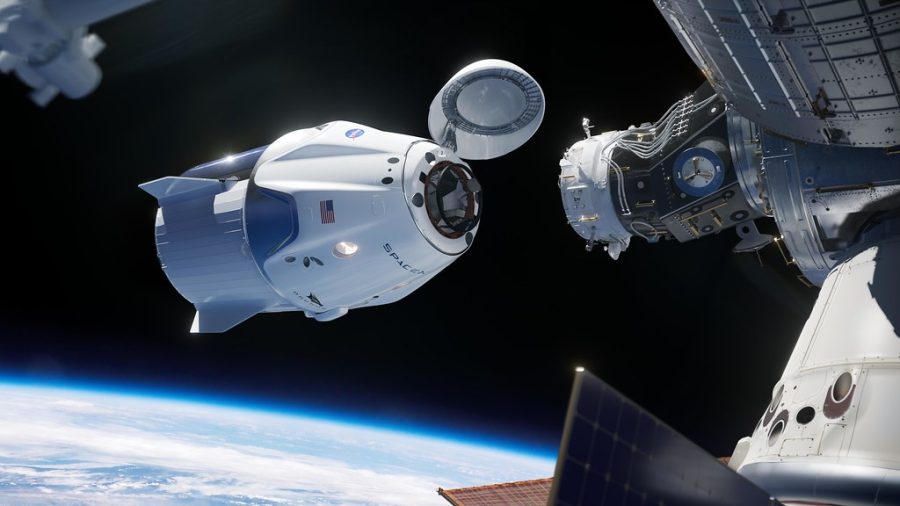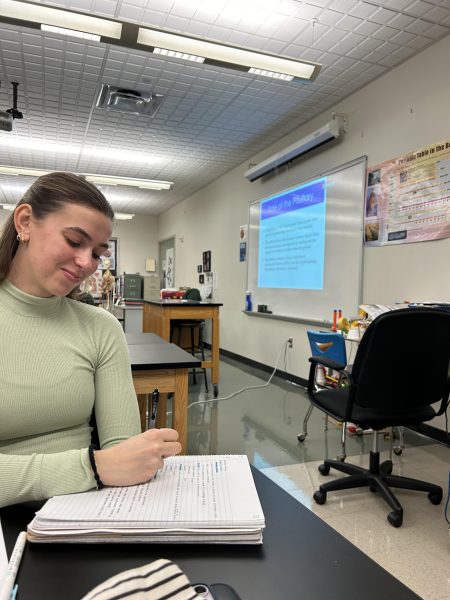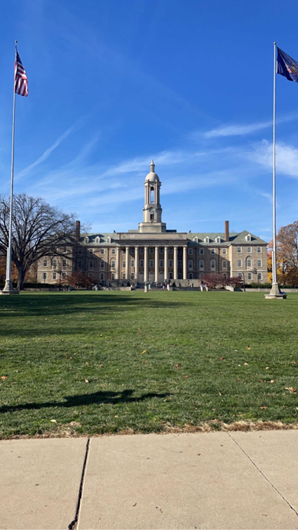Commercial Space Travel for Humans: Too Risky for Now
A commercial space capsule connecting to a space station. https://www.flickr.com/photos/nasakennedy/42840169205
Commercial space travel for humans is no longer futuristic; it is right around the corner. While this new mode of transportation has the potential to revolutionize economies, the risks associated with it, ranging from excessive carbon emissions to the safety of the rockets and the passengers on board, far outweigh the benefits.
Before they can launch spacecraft carrying humans, private companies must demonstrate that their rockets present no risk to the public, whether for the people on board or those on the ground. The Federal Aviation Administration (FAA) must certify that the vehicles used are safe for their participants. So far, that has not happened.
According to Tommaso Sgobba, the executive director of the International Association for the Advancement of Space Safety, “the current space industry neither has government safety regulation nor their regulation.”
Some critics of commercial space travel for humans believe private companies are sending people to space without the proper training because they are looking for a way to earn profits. Under federal law, commercial space transportation oversight responsibilities have been designed to protect the safety of the public in the background and other members of the people using the national airspace system-not, the individuals in the space vehicle.
Supporters of commercial space travel disagree that it is unsafe and needs regulation. Opponents, however, feel differently. Karina Drees, the president of the Commercial Spaceflight Federation, said that early regulation could stifle innovation in the fledgling sector and prevent the best technologies from being developed in the future.
Environmental concerns, such as damage to the ozone layer and rising temperatures, must be addressed before commercial spaceflight for humans can become common. Ecological damage could also result from byproducts of hybrid rocket fuels used in modern space engines. Other concerns, such as overcrowding and commercializing space, can lead to growing risks of collisions between satellites and space junk. Matthew Simkins, a physics teacher at Pennridge High School, stated,” it uses too much fuel. Any revenue-building activity requires energy to do it.” Regarding safety and government regulations, he added, “when you have government regulation, you stray further from the free markets.”
Companies such as Space X, Blue Origin, and Virgin Galactic are all privatized companies with very high costs for space travel and don’t necessarily conform to the few safety regulations. It is believed that implementing costly safety regulations would affect the market for passengers. Simkins stated, “[There would be a] need for professional space aviators. No need to cut costs when you are in a premium market. There is no incentive to lower prices, so why should space companies?” Jason Plawa, an astronomy teacher at Pennridge High School, stated, “research-based missions won’t stop. NASA hires companies like Space X to perform tasks [because] it’s cheaper.” He added, “there is a ton of debris, which could be a real issue.”
While commercial space traveling for humans could revolutionize the space industry, many concerns about environmental and safety regulations need to be in place. To form a solution to this problem, we need to improve upon the Space Launch Amendment Act of 2004. The act promotes the health and safety of commercial space travel, collaborating with people to make space safe by finding solutions to the problems in the past while also not affecting the space market and implementing new models in the industry. With this goal in mind, we could continue exploring space’s wonders.
Nabil Arkadan, Grade 12. Interests/hobbies include working out, playing basketball, spending time with friends, and family, and working. Nabil Arkadan...










